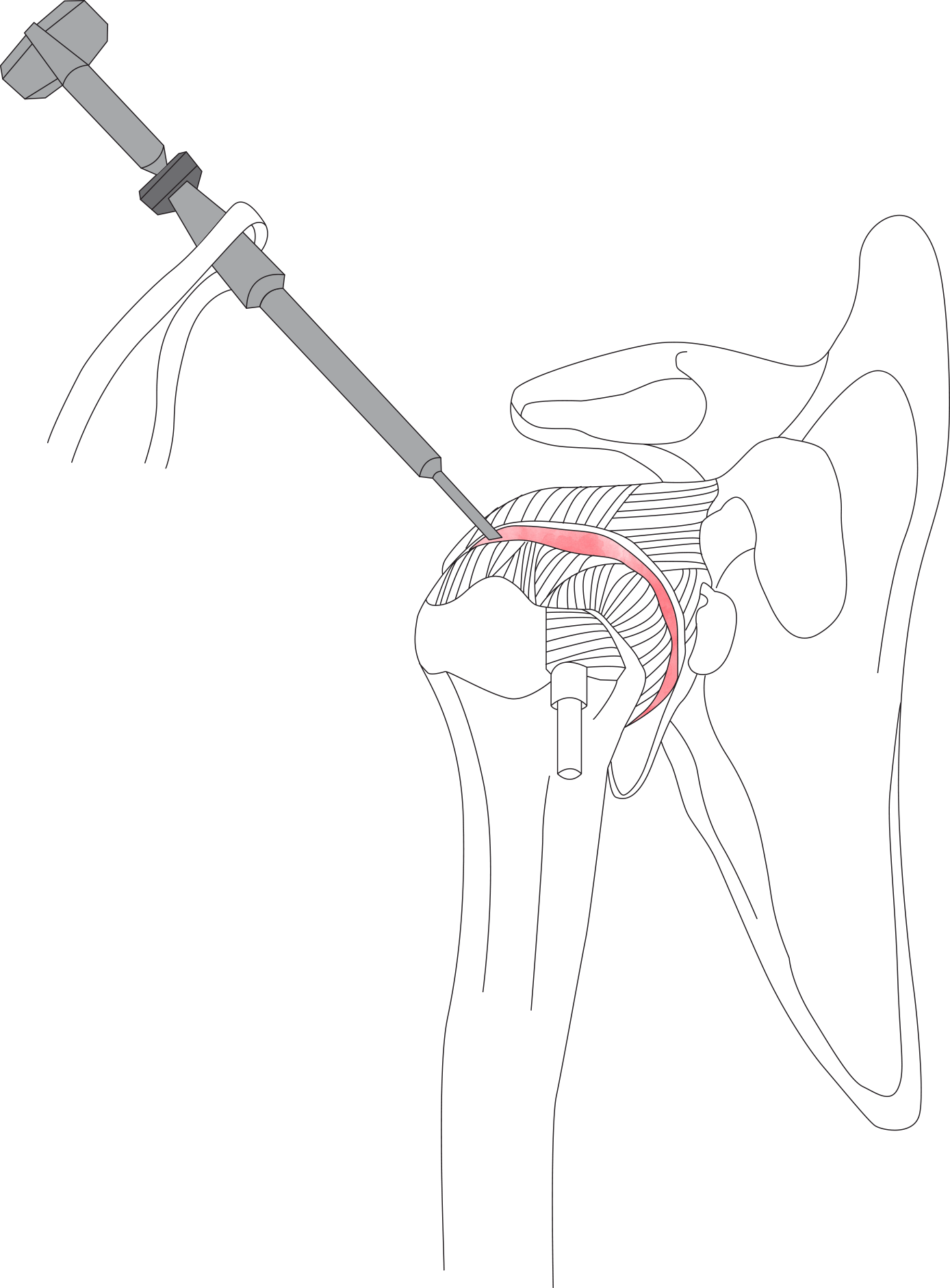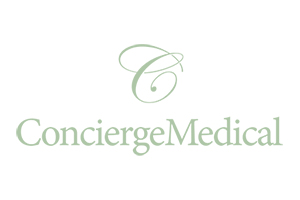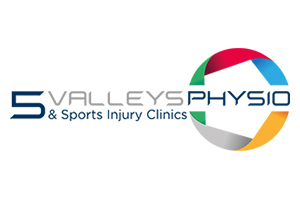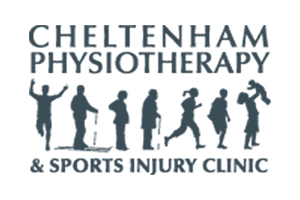Frozen Shoulder affects 2% of the population at some time in their life. In people with diabetes up to 20% may suffer from frozen shoulder.
Frozen shoulder is a condition that may occur spontaneously without apparent cause or it may come on after an injury or surgery to the shoulder. The condition starts out as an inflammation of the capsule of the shoulder. All joints in your body have a joint capsule. The capsule is a pliable thin membrane that lines the shoulder joint. This inflammation is painful and patients often experience severe aching pain which can keep them awake at night. The shoulder may be diagnosed as suffering from impingement because at this early stage in the disease process the two conditions appear very similar.
After some months of the capsule being inflamed the shoulder becomes stiff. The stiffness occurs as the capsule thickens and becomes fibrotic as a response to the inflammation of the capsule. At this point the shoulder is painful and stiff which is particularly unpleasant.
Eventually the condition resolves completely of its own accord. However, it may take one to two years to resolve, sometimes longer.
Due to the common relationship with diabetes Mr Peter recommends that if you have frozen shoulder that it is advisable to ask your GP about testing for diabetes a simple fasting blood glucose test is usually adequte.
The cause of frozen shoulder is unknown and as such there is no treatment available to cure frozen shoulder. Instead treatment is aimed at dealing with the symptoms. The main symptoms o frozen shoulder are pain and stiffness.
The pain of frozen shoulder is due to the inflammation of the shoulder joint capsule and tends to be exacerbated by movements that stretch the capsule. For the pain a cortisone injection placed into the shoulder joint (the glenohumeral joint rather than the bursa) can be very helpful in settling down the inflammation and helping ease the pain and discomfort. The injection contains cortisone and local anaesthetic. The local anaesthetic will ease the shoulder pain for the first few hours after the administration of the injection. This initial relief of the shoulder pain due to the local anaesthetic gives further evidence to support that the diagnosis of your shoulder condition being a frozen shoulder is correct.
The stiffness in the affected shoulder is due to significant thickening and fibrosis that occurs in the shoulder capsule which is normally a thin pliable membrane. The stiffness eventually resolves in all patients with frozen shoulder. Consequently the initial recommendation to all patients is to allow it resolve with time.
Surgery is only discussed with patients that have severe stiffness and who are unable to wait for the shoulder to resolve on its accord. It sometimes takes several year since for the frozen shoulder to resolve.
Mr Peter performs arthroscopic release surgery for people that have severe stiffness due to frozen shoulder. This arthroscopic release surgery involves releasing the affected thickened capsule. He performs a full 360 degree release of the shoulder capsule including all the involved capsular tissue. This surgery is effective in restoring motion to the shoulder Because it allows the shoulder blade (scapula) and the arm bone (humerus) to again move independently of each other.
Mr Peter is currently undertaking a prospective clinical study of all his patients undergoing arthroscopic release of their frozen shoulder. His experience is that patients regain approximately 70 to 80% of their shoulder range of motion immediately following the surgery. The remaining range of motion returns over time as the frozen shoulder condition. Ompletely resolves. To date Mr Peter has not had any patient experience a complication of the arthroscopic release surgery.







